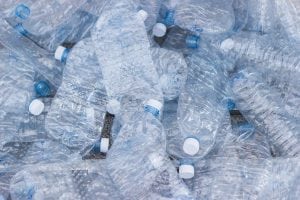 Two Canadian depolymerization startups recently signed significant deals to advance commercialization of their technologies.
Two Canadian depolymerization startups recently signed significant deals to advance commercialization of their technologies.

 Two Canadian depolymerization startups recently signed significant deals to advance commercialization of their technologies.
Two Canadian depolymerization startups recently signed significant deals to advance commercialization of their technologies.
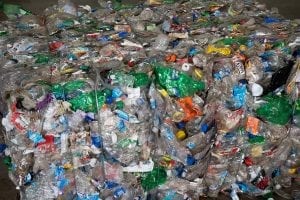 Some beverage brand owners are moving toward 100 percent RPET bottles, but one of the country’s largest PET reclaimers says the magic number may be half that amount.
Some beverage brand owners are moving toward 100 percent RPET bottles, but one of the country’s largest PET reclaimers says the magic number may be half that amount.
A German manufacturer of electronics and appliances reported it is using recycled plastics, including nylon from fishing nets, in a number of products.
This story has been corrected.
 California legislation requiring 20 percent recycled content in PET bottles failed. Meanwhile, state lawmakers passed a number of other plastic and recycling-related bills before adjourning.
California legislation requiring 20 percent recycled content in PET bottles failed. Meanwhile, state lawmakers passed a number of other plastic and recycling-related bills before adjourning.
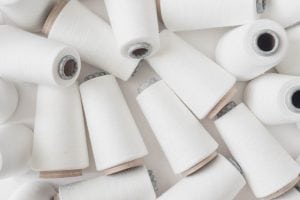 Recycled plastic yarn manufacturer Unifi saw an increase in sales last year, including stronger demand for its recycled flake and chip. But higher PET bale prices cut into profits.
Recycled plastic yarn manufacturer Unifi saw an increase in sales last year, including stronger demand for its recycled flake and chip. But higher PET bale prices cut into profits.
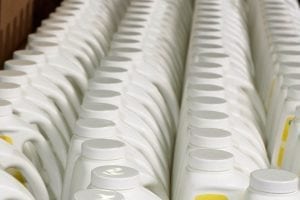
Researchers have calculated substantial upsides from making products out of recycled PET, HDPE and PP instead of prime plastics.
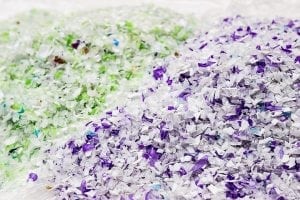 Indorama Ventures has acquired a French PET and HDPE reclaimer, making it the latest prime plastics giant to step further into the recycling space.
Indorama Ventures has acquired a French PET and HDPE reclaimer, making it the latest prime plastics giant to step further into the recycling space.
 A global labels company has developed a PET bottle label that meets recyclability standards and is made with post-consumer plastic.
A global labels company has developed a PET bottle label that meets recyclability standards and is made with post-consumer plastic.
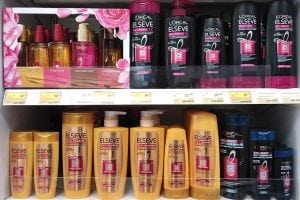 Depolymerization company Loop Industries has signed a letter of intent to supply recycled PET to beauty products giant L’Oréal.
Depolymerization company Loop Industries has signed a letter of intent to supply recycled PET to beauty products giant L’Oréal.
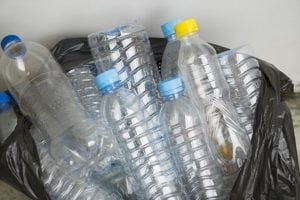 Quebec startup Loop Industries has unveiled a more efficient technology for depolymerizing scrap PET.
Quebec startup Loop Industries has unveiled a more efficient technology for depolymerizing scrap PET.
